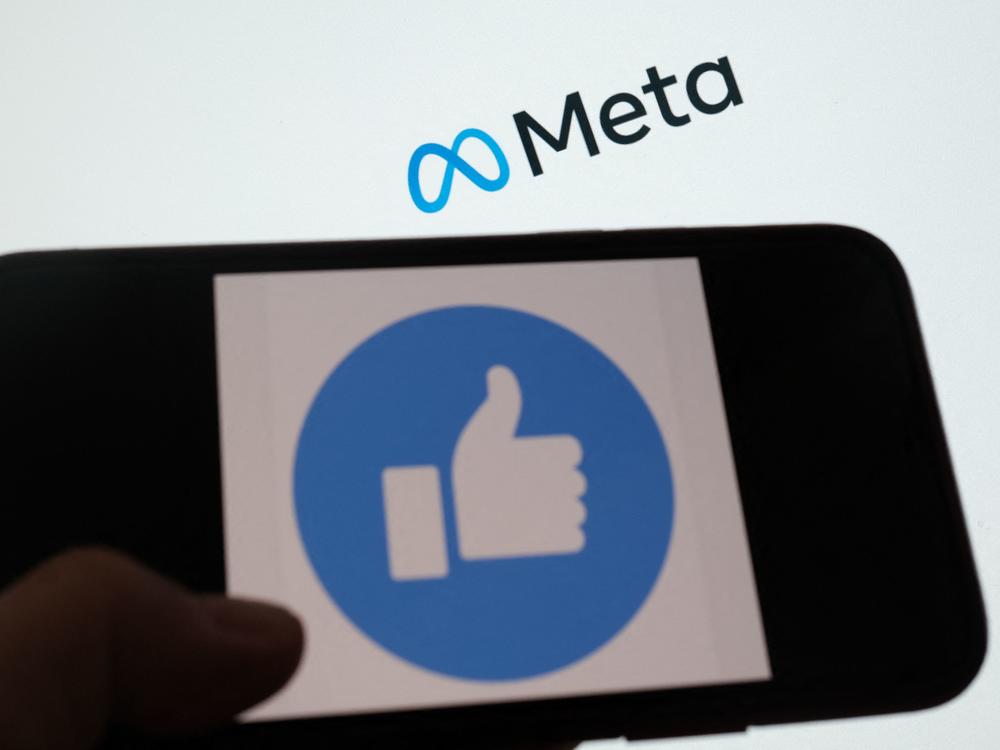Section Branding
Header Content
Facebook is now revealing how often users see bullying or harassing posts
Primary Content
The parent company of Facebook and Instagram has released data for the first time showing how often people see bullying or harassing posts on its apps, amid scrutiny over how its social networks may be harming users and society at large.
Facebook users saw bullying or harassment 14 to 15 times out of every 10,000 views of content on the app between July and September, while Instagram users viewed such content 5 to 6 times out of every 10,000 in the same period, Meta, the company formerly known as Facebook, said on Tuesday.
The company said it took down 9.2 million pieces of bullying and harassment content on Facebook, and 7.8 million such posts on Instagram, during the third quarter.
"The vast, vast, vast, vast majority of content on Facebook doesn't violate our policies and is perfectly good content," Guy Rosen, Meta's vice president of integrity, told reporters on a conference call on Tuesday.
But he acknowledged that, like hate speech, identifying bullying and harassment can be challenging for the company's automated systems.
"It's very difficult to know what is a bullying post or comment, and what is perhaps a lighthearted joke, without knowing the people involved or the nuance of the situation," Rosen said.
That means the numbers released on Tuesday likely undercount the amount of bullying and harassment people see, because the metric does not include posts that are reported by users.
The new data on bullying and harassment come as the company faces a public relations crisis stemming from revelations by whistleblower Frances Haugen, a former Facebook employee who has shared thousands of pages of internal reports, presentations and other documents with federal regulators, lawmakers and the press.
That includes internal research showing that Instagram worsens body image issues and other mental health harms for some teen girls and that Facebook struggles to police hate speech and calls for violence, especially in non-English-speaking countries.
For example, as the Wall Street Journal reported, the documents include frank discussions among Facebook researchers who estimated that the company's automated artificial intelligence systems remove less than 5% of hate speech viewed on the platform.
Meta disputes Haugen's allegations, and says the prevalence of hate speech on the social network has dropped by more than half in the last year. The company increasingly relies on artificial intelligence to monitor its platforms, which count more than 3 billion monthly users. On Tuesday, it said it has updated its AI to detect different types of violations, including hate speech, bullying and harassment and violence and incitement.
Meta published the new metrics as part of its quarterly report on how much content it removed from its platforms because it broke rules on topics ranging from hate speech to child sexual exploitation to suicide and self-harm.
Over the last year, the company has begun publishing data on the prevalence of some rule-breaking posts, saying it's the best way to hold itself accountable, because prevalence rates show how much violating content its systems miss.
Last month, Meta announced new policies to protect users from harassment, including a ban on content that degrades or sexualizes public figures, and removal of coordinated intimidation and harassment campaigns.
On Tuesday, the company also released for the first time prevalence rates for hate speech on Instagram, and for calls for and incitement to violence on both Facebook and Instagram.
Facebook users saw content breaking its rules against inciting violence 4 to 5 times per every 10,000 views in the quarter, while Instagram users saw such posts twice in every 10,000 views.
On Instagram, users saw hate speech twice for every 10,000 views of content during the quarter. That compares with 3 views per 10,000 on Facebook, which was down from 10 to 11 views a year ago.
Editor's note: Meta pays NPR to license NPR content.
Copyright 2021 NPR. To see more, visit https://www.npr.org.

